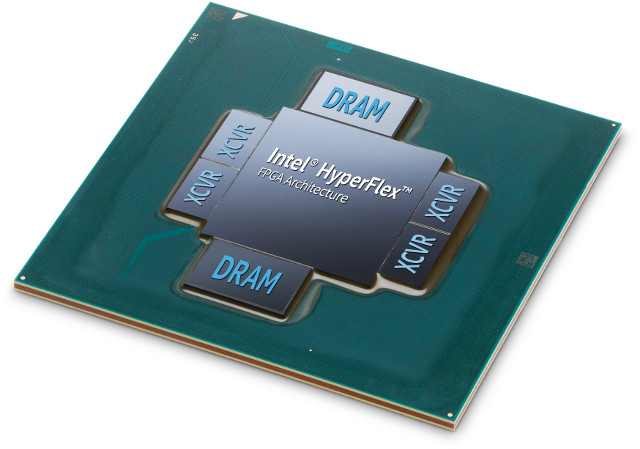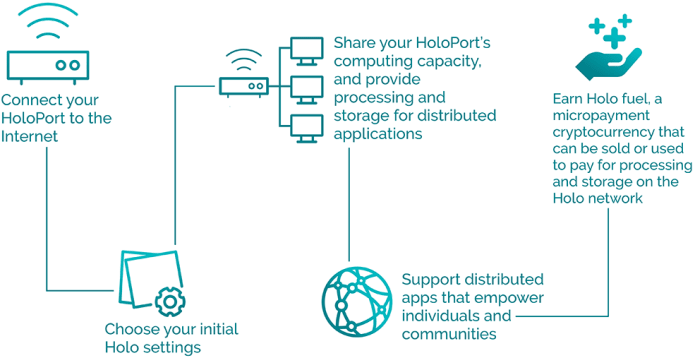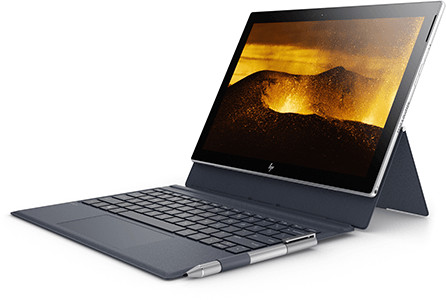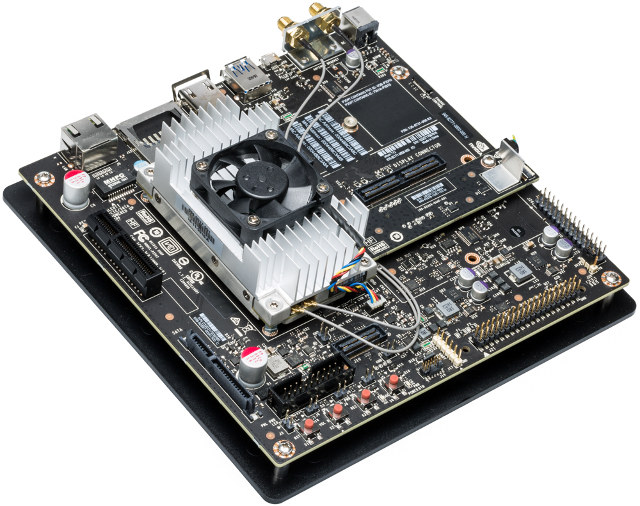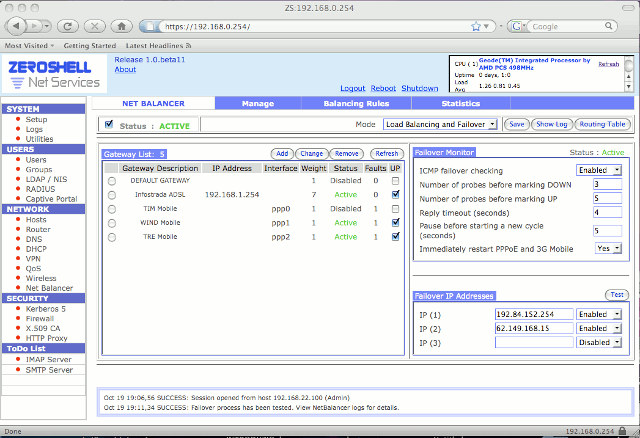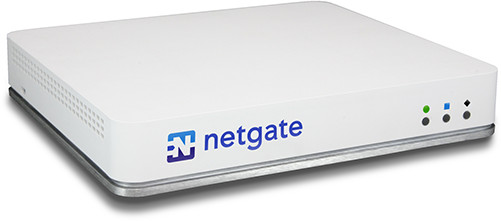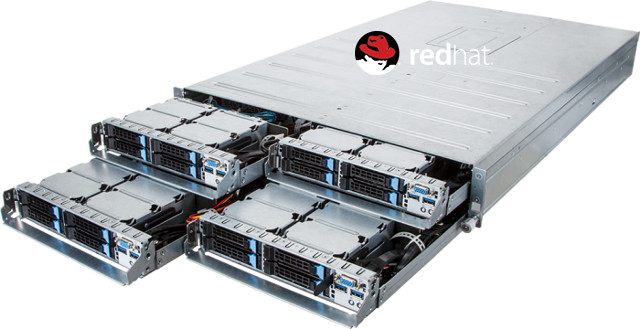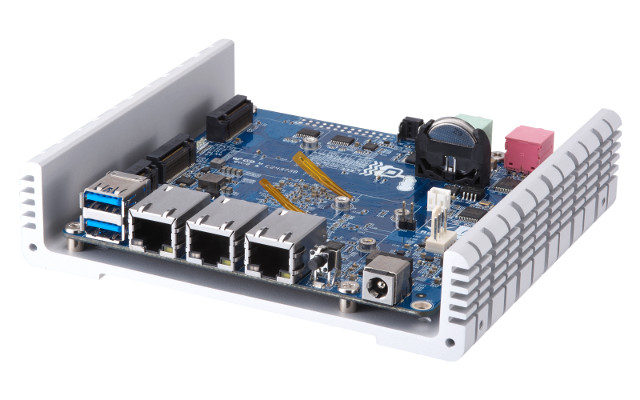Intel started sampling (Altera) Stratix 10 ARM + FPGA SoC in late 2016, and now the company has announced the availability the new Stratix 10 MX FPGA family wih High Bandwidth Memory DRAM (HBM2). The latter allow Stratix 10 MX FPGAs to offer up to 10 times the memory bandwidth when compared with standalone DDR memory solutions. The higher bandwidth will be useful for multi-function accelerators for high-performance computing (HPC), data centers, network functions virtualization (NFV), and broadcast applications. Intel / Altera Stratix 10 MX SoC key features and specifications: Processor – Quad-core ARM Cortex-A53 MP Core up to 1.5 GHz Logic Density Range – 1.092M LE to 2.073M LE Embedded Memory 3.5 to 8GB HBM2 high-bandwidth DRAM memory 45 Mbit to 90 Mbit eSRAM memory 86 Mbit to 134 Mbit M20K memory 6 Mbit to 11 Mbit MLAB memory Up to 7,920 18 x 19 Multipliers Up to 72 […]
Holo P2P Distributed Hosting is Powered by Holochain Technology, Leverages Holo Fuel Cryptocurrency (Crowdfunding)
The Internet is now mostly centralized, for example most people search with Google, and Facebook dominates the social media space in many countries. That also means access to content can easily be blocked by governments, and many companies will use your personal data to their benefits. Holo network promises to “take back the Internet” thanks to a P2P distributed web hosting system, where people hosts app from developers in their HoloPort devices, and get paid for hosting crypto apps in Holo Fuel cryptocurrency that can in turn be used to pay for processing power and/or storage on the network, or converted into other cryptocurrencies like Bitcoin, or fiat money (Dollars, Euros…). It’s like a new Internet that uses the current “pipes” (i.e. you’d still need Internet through your ISP), but all content would have to be created from the ground up. It basically aims to replace datacenters, websites, and app […]
Meet the First Windows 10 Arm “Always Connected PCs” – HP Envy x2 (2017) and ASUS NovaGo TP370
Qualcomm and Microsoft showcased some Snapdragon 835 based Windows 10 “Mobile PCs” at Computex 2017 last June, and while the press was allowed film the demo, the device could only be operated by a Qualcomm employee. But both companies and their partners have made progress, and at the Snapdragon Technology Summit, Qualcomm announced “Always Connected PCs” which will run Windows 10, be always on and always connected at Gigabit LTE speeds, and support all-day battery life while keeping thin and fanless designs. all while incorporating Windows 10. HP and ASUS unveiled their very own “Always Connected PCs”, respectively Envy X2 and Novago TP370. What I used to call laptop or in this case 2-in-1 hybrid (laptop) is now apparently called “Always Connected PC”, but in any case let’s have a closer look at both devices. HP Envy x2 (2017) Specifications: SoC – Qualcomm Snapdragon 835 Mobile Processor @ 2.6GHz with Adreno […]
Top 5 Most Powerful Arm SBCs & Development Boards in 2017 / Early 2018
Raspberry Pi, Orange Pi, and NanoPi boards among others are all great and inexpensive Arm Linux development boards that do good enough job for many tasks, but they may not cut it if you have higher requirements either in terms of CPU power, GPU capabilities and performance, I/O bandwidth, and in some cases software and support. So I’ve decided to make a list of 5 single board computers or development boards that I consider to be the most powerful in 2017, early 2018. I have limited the price to $1,000 maximum, the board must be easy to purchase for most people (e.g. you don’t need to be a tier-1 automotive supplier, or operate your own datacenter), and in case the board is not quite available yet, the likeliness of actual launch must be reasonably high. Those criteria for example exclude Intrinsyc Open-Q 835 development kit since it costs $1.149 and […]
ZeroShell Firewall/Router Linux Distribution Works on x86 Hardware, Raspberry Pi 2/3, & (Some) Orange Pi Boards
We’ve just seen pfSense is now available for Arm via firewall appliances such as Netgate SG-3100, but AFAIK there’s no pfSense community Arm firmware images yet. Several Arm SoCs & boards are now supported by FreeBSD, so in theory pfSense could be ported to those, but the page on FreeBSD does not seem to have been updated for a while. If you want a firewall distributions with an easy-to-user web interface like pfSense, but that also works on cheaper Arm hardware, Linux based ZeroShell distribution could be worth a try, as beside working on Intel & AMD x86 platforms, the developers also provides images for Raspberry Pi 2 & 3 boards, and several Orange Pi boards, namely Orange Pi R1, Orange Pi Zero, Orange Pi PC, and Orange Pi Plus/Plus2. The latter is the only supported Arm board with Gigabit Ethernet. Some of ZeroShell features include: Load Balancing and Failover of […]
Netgate SG-3100 is an ARM based pfSense Firewall Appliance
pfSense software is a popular open source firewall distribution based on FreeBSD operating system that is entirely managed via a web interface. Up until recently, FreeBSD (see comments section) pfSense would only support x86-64 (Intel or AMD hardware). But progress has been made with pfSense (and FreeBSD) for ARM, and Netgate, the company behind pfSense, is now selling two ARM based firewall appliances with SG-1000 microFirewall powered by Texas Instruments AM3352 Cortex A8 SoC, and sine a little over of month, SG-3100 firewall appliance based on a more suitable Marvell dual core Cortex A9 processor. Netgate SG-3100 hardware specifications: Processor – Marvell ARMADA 38x 88F6820 dual core ARM Cortex-A9 @ 1.6 GHz with NEON SIMD and FPU System Memory – 2GB DDR4L Non ECC Storage – 8GB eMMC Flash Network Interfaces 2x Gigabit Ethernet configured as dual WAN or one WAN one LAN 4x ports Gigabit Marvell 88E6141 switch, uplinked […]
Red Hat Enterprise Linux 7.4 Now Fully Supports Arm servers
When hardware vendors announced Arm based servers they also claim support for operating systems such as Ubuntu 16.04 LTS and Red Hat Enterprise Linux, so I assumed software support was more or less where it needed to be with regards to Arm server. But apparently, it may not have been so, as Red Hat only announced full support for Arm servers in Red Hat Enterprise Linux for ARM a few days ago. It also started with SBSA (Server Base System Architecture) specifications in 2014, that aimed to provide a single operating platform that works across all 64-bit ARMv8 server SoCs that complies with the said specification. Red Hat then released a developer preview of the OS for silicon and OEM vendors in 2015, and earlier this week, the company released Red Hat Enterprise Linux 7.4 for Arm, the first commercial release for this architecture. RHEL 7.4 for Arm come with […]
QNAP QBoat Sunny IoT Mini Server Board Officially Announced with Annapurna Labs AL-314 ARM Processor
We first had a glance at QNAP QBoat Sunny at CES 2017. At the time, QNAP IoT development board was powered by an Intel AnyWAN GRX750 dual core Atom based processor with 2GB RAM, 4GB flash, three Gigabit Ethernet ports, some mSATA slot and so on. The company has now officially announced the board, but with a twist, as the Intel processor has been replaced by Annapurna Labs (now part of Amazon) AL-314 quad core ARM Cortex-15 processor instead, and left most of the other features pretty much unchanged. QBoard Sunny board specifications: Processor – Annapurna Labs AL-314 quad core ARM Cortex-15 processor up to 1.7 GHz System Memory – 2GB DDR3L Storage – 512MB NAND flash, 2x M.2 2260/2280 SATA slots for SSDs (Key M) Network connectivity – 3x Gigabit Ethernet USB – 2x USB 3.1 Gen1 ports Audio – 3.5mm audio out jack, 3.5mm audio in jack Expansion […]


